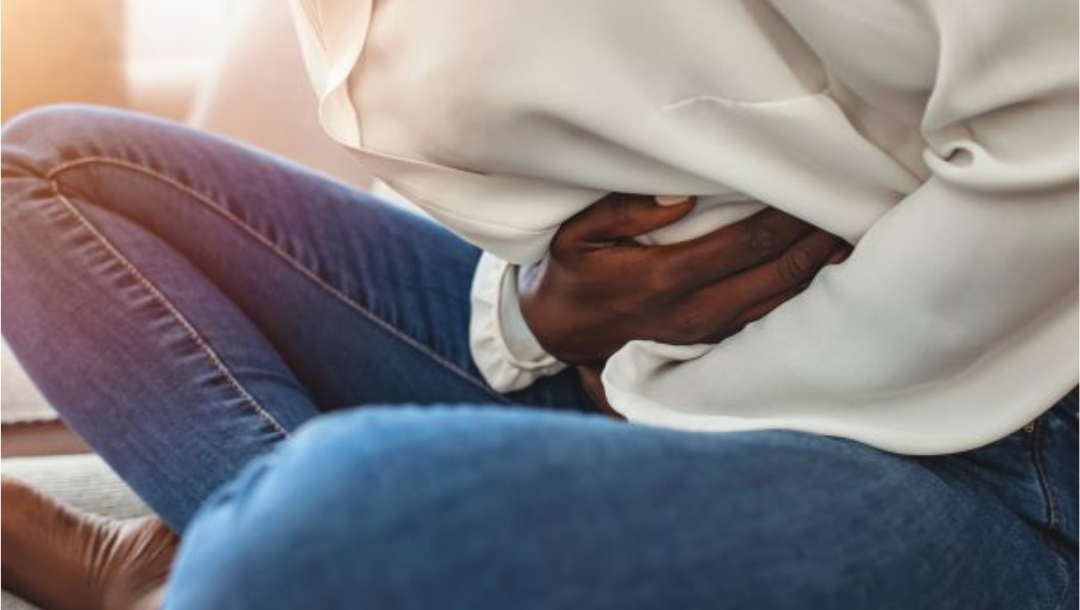Ovarian hyperstimulation syndrome

Understanding ovarian hyperstimulation syndrome
If you're going through IVF, there’s a small risk you will experience ovarian hyperstimulation syndrome (OHSS). While OHSS can be mild and treated at home for many people, some people require treatment in hospital.
Here’s some facts from the Royal College of Obstetricians and Gynaecologists to help you learn about OHSS and recognise it if it happens to you.
What is OHSS?
OHSS is a potentially serious complication of fertility treatment, particularly IVF. When fertility drugs are given to stimulate the ovaries to produce eggs, there can be an excessive response. When this occurs, ovaries enlarge and release chemicals into the bloodstream. Fluid from the blood vessels can leak into your abdomen and in severe cases into the space around the heart and lungs. This can cause problems for your lungs, liver and kidneys.
What are the signs and symptoms?
It is normal to have some discomfort after an egg collection procedure. But if you experience any of the following, it could be a sign of OHSS.
- Mild OHSS: mild abdominal swelling, discomfort and nausea.
- Moderate OHSS: symptoms of mild OHSS, but the swelling is worse because of fluid build up in the abdomen. This can cause abdominal pain and vomiting.
- Severe OHSS: symptoms of moderate OHSS with extreme thirst and dehydration. You may only pass small amounts of urine which is dark in colour and/ or you may experience difficulty breathing because of a build up of fluid in your chest. A serious rare complication is a blood clot in your legs or lungs. The symptoms of this are a swollen, tender leg or pain in your chest and breathlessness.
Who gets OHSS?
Mild OHSS is common for people going through IVF. However, less than one per cent of people having their ovaries stimulated will develop moderate or severe OHSS. The risk is higher for people who:
- have polycystic ovary syndrome (PCOS)
- are younger than 30 years old
- have had OHSS previously
- become pregnant in the stimulated cycle that brought about their symptoms.
What should I do if I notice symptoms?
Contact your IVF clinic if you develop any symptoms of OHSS, particularly if the pain is not getting better. If you can’t reach anybody at your clinic go to a hospital emergency department and advise them of your symptoms and IVF treatment.
How is OHSS treated?
Most of your symptoms should resolve in seven to 10 days. If your treatment does not result in a pregnancy, OHSS usually gets better by the time your next period starts. If you become pregnant, OHSS can get worse and last up to a few weeks or longer.
While no treatment can reverse OHSS, it will usually get better with time. Treatments used to help symptoms and prevent complications include:
- pain relief medicines
- anti-sickness medicines
- intravenous drip to replace fluids
- support stockings and heparin injections to prevent blood clots.
Can OHSS be prevented?
IVF clinics monitor patients carefully to minimise the risk of OHSS. If you develop an excessive number of follicles in response to your fertility drugs, your doctor may recommend cancelling your cycle before egg collection to avoid OHSS. Or, if your doctor suspects you are at risk of OHSS after an egg collection, they might advise you to freeze all embryos for transfer when your ovaries return to normal.